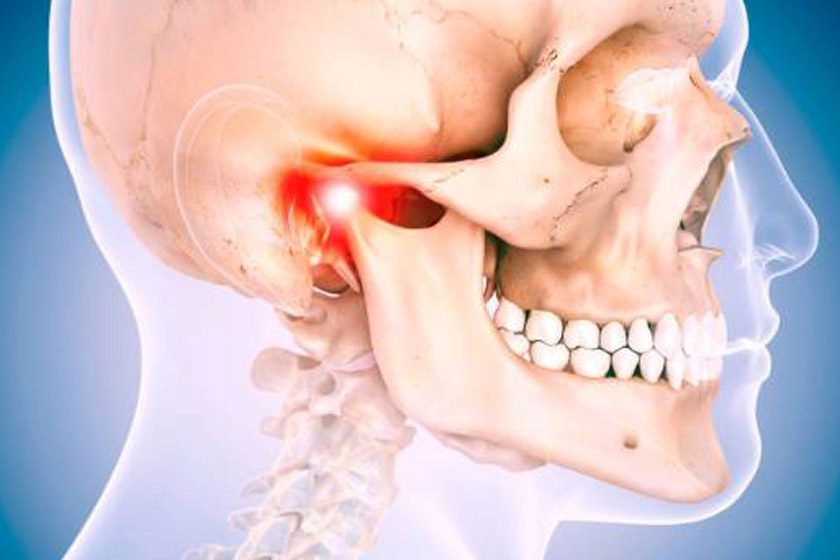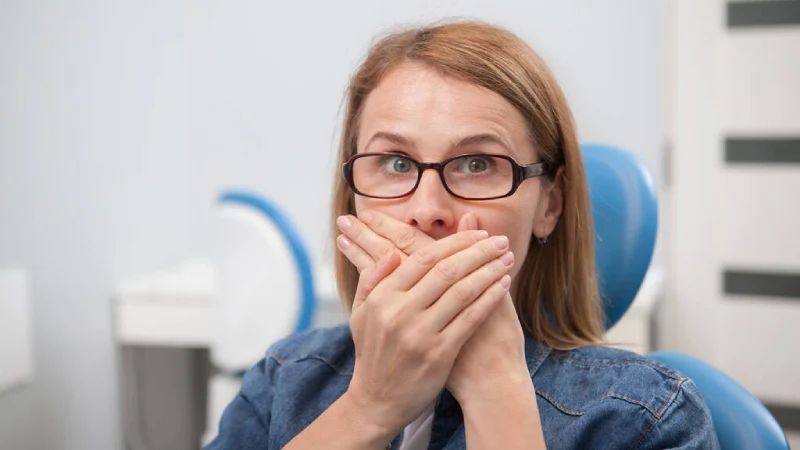How is Jaw Joint Treatment Performed?
In order to understand the treatment and prevention methods, it is necessary to know the structure of the jaw joints. Temporomandibular joint (TMJ) is a joint located in front of the external ear canal, between the mandibular fossa under the temporal bone and the mandibular condyle.
From person to person, the right and left joints may vary. The jaw joint is a sliding-axis compound joint that makes hinges and sliding movements.
5 basic muscles that contribute to TMJ movements;
- Masseter
- Medial pterygoid
- Digastric
- Temporalis
- Lateral pterygoid
The normal position of the temporomandibular joint is the mild opening of the mouth, the lips are combined, the teeth do not touch each other, and the first half of the tongue is on the hard palate.
What are the Causes of Jaw Joint Disorders?
Trauma to the jaw, (injury on the jaw or near the jaw), over-clenching, grinding, abrasion and tearing of the intraarticular cartilage, arthritis, growth disorders and posture disorders are the causes of jaw joint disorders.
Pain in the jaw joints, facial muscles, clicking on the jaw, headache and dizziness, difficulty in opening or closing the mouth, pain during speech, chewing, ear pain, tinnitus pain are the most common symptoms of jaw joint problems.
How is Jaw Joint Disorders Diagnosed?
In addition to the examination, X-ray examinations are also important for diagnosis. Direct films and computed tomography show the best disturbance related to the bones. Magnetic Resonance Imaging (MRI) shows the best disturbance related to soft tissues and disc.
What is the Treatment of Jaw Joint Disorders?
The first goal of treatment is to educate the patient about this issue and to eliminate the factors that cause it.
Which treatment methods do we use?
- Medication: It is given to relieve pain, relax muscles and relieve the patient.
- Physical treatment methods: Electrical currents, superficial and deep tissue heaters are used. With this method, the pain of the patient is reduced and the muscles are relaxed.
- Cold compression: After impacts and postoperative interventions, cold treatment gains importance and reduces swelling and pain.
- Intra-articular injection: As painkillers are given, substances that increase joint slipperiness can also be given in cases where joint irregularity increases.
- Splint treatment: Plate insertion in the mouth in order to bring the disc to the position it should be in in the displacement of the disc. Another reason for use is to relax muscles, regulate closure disorders, and minimize dysfunction in tooth grinding.
- Manipulation: The displaced disc is tried to be moved to the normal position by hand. In cases where the mouth opening is restricted, it is made to ensure normal range of motion.
Asst. Prof. Dr. Ozgur OZTURK



